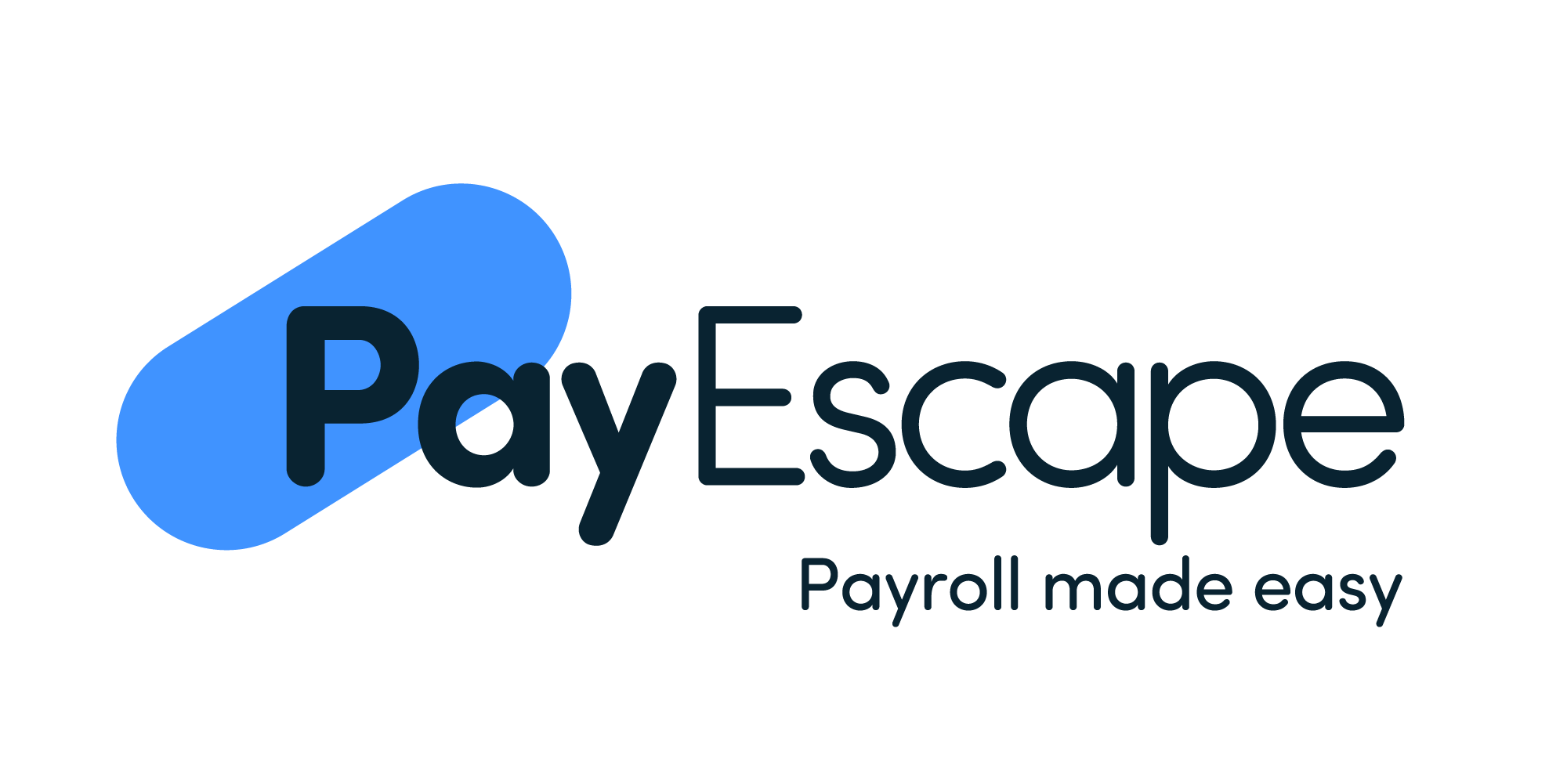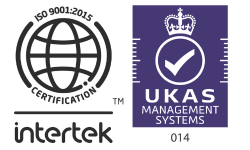Employee absenteeism is common in all workplaces but can be quite stressful when it comes to covering workload or shifts. It’s important to measure absenteeism, as it can help you track productivity and workload while helping you understand if employee absence days are affecting morale.
Due to this, our blog will explore how you can address absenteeism with your employees.
What is absenteeism?
Absenteeism is when an employee fails to attend work and is usually unplanned and related to illness.
Employers typically use an absenteeism rate that is calculated by dividing the number of unplanned absent days by the total number of working days. This helps managers and HR teams identify potential reasons for staff being absent so that they can find solutions.
Types of absenteeism in the workplace
Approved absences
This is when an employee requests time off and it’s signed off by the employer. This can relate to holidays, maternity, paternity, long-term medical leave and personal challenges that need to be solved.
Occasional absences
Occasionally people need to take unplanned time off. This can be due to illness, childcare challenges, bereavement or commuting challenges.
Chronic absenteeism
This is when an employee is regularly absent from work without it being signed off first. This can be difficult to manage and has huge effects on businesses, as it disrupts business functionality, reduces profitability and puts pressure on other employees to cover their workload.
What impact does absenteeism have on your business?
Absenteeism has some negative effects on businesses and it’s important that you’re aware of how they can affect your company. It can affect your company by:
Having a direct impact on productivity
Taking time off can lead to other staff members needing to take on more work, meetings being rescheduled and project deadlines being amended. This can reduce productivity and increase the chances of employee burnout occurring.
Increasing costs
When people take a prolonged period of time off work, such as maternity leave or long-term sick leave, it can be expensive for companies to replace them. This can also include recruitment costs, salaries and HR work.
Worsening company culture
Chronic absenteeism can have negative effects on your company culture. This can cause increased stress and feelings of unfairness in the workplace, making it important for absenteeism to be addressed.
How to approach absenteeism with a staff member
There are a few ways you can approach addressing absenteeism with your staff members, such as:
Recording time off
Recording different employee’s time off gives you the opportunity to share any issues or concerns with managers and supervisors. This means they can then keep an eye on any rising issues and implement solutions.
Consider what the causes might be
There’s always a reason for people taking unplanned time off, so it’s essential that you think about or discuss with the employee what might be causing their absence.
For example, 12.7% of all employee absences in the UK can be associated with mental health conditions. It’s important for employers to offer support for those taking absences to help make it easier for them to get to work and feel appreciated.
Think about increasing flexibility
While this isn’t possible for all industries, implementing flexible hours allows staff to work around their personal lives making it easier for them to get a better work-life balance. This also reduces employee absenteeism as they can easily work their required hours.
Be approachable
Being approachable is essential to reducing absenteeism as employees will feel like they can talk to you about any issues they are facing. This gives you the opportunity to find ways to resolve your staff’s problems or work around them to improve their work-life balance and reduce stress helping to decrease absenteeism in the workplace.
Implement an absence policy
Implementing absence policies highlights employer expectations to staff members, helping reduce absenteeism. The policy should be easy to understand, giving people little excuse to have continual unapproved absences.
Address unplanned absences quickly
If managers are starting to notice that a staff member is frequently taking unplanned absences they should address it promptly to reduce it recurring and affecting other employees in the business. When absenteeism isn’t managed properly it can quickly spread through the company and appear as if it is acceptable behaviour.
Here at Payescape our Time and Attendance software can help you keep on top of employee absences, helping you reduce absenteeism and time theft. To discover more about how our Time and Attendance software can help you reduce employee absenteeism get in touch with us today.













